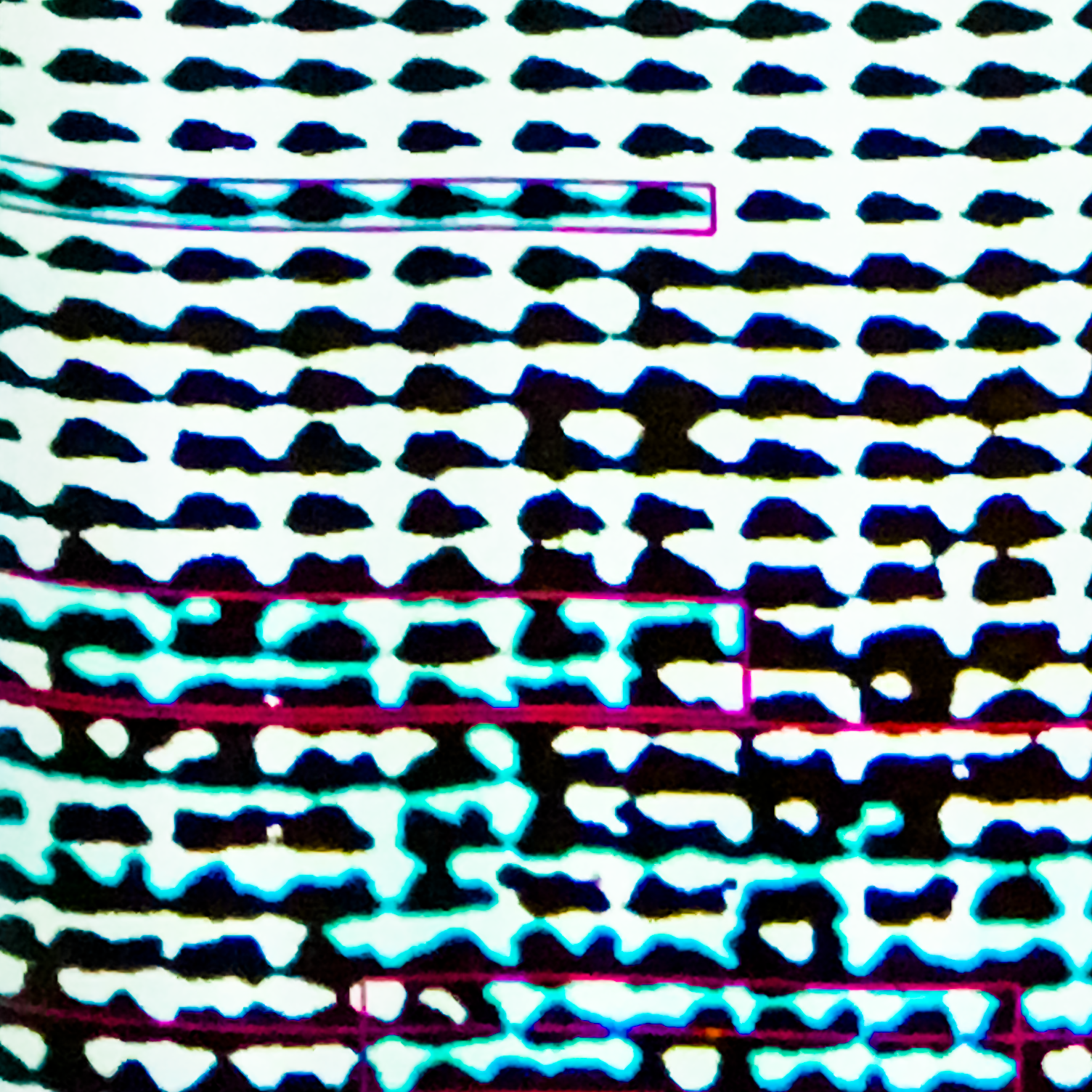
The Arboretum (Selected Works: 2009-2016)
In Lieu of Liner Notes…
While studying human computer interaction at NYU from 2007-2009, I became obsessed with granular synthesis and the recently released 2005 Curtis Roads album "Point, Line, Cloud." I desperately wanted to be able to improvise in that style in realtime. This was only recently computationally possible at the time. CPU clock speeds had just started to level off after climbing steadily for years. A colleague of mine, Joe Mariglio, and I foraged about 17 discarded computers from an out of business data center in downtown Manhattan. We began to build a networked cluster of machines capable of running our granular synthesis code in parallel. We named each node after a species of tree and called the cluster "The Arboretum." The 2009 through-composed piece "Granular Improvisation" was the result of this work. It used a subset of 6 of the Arboretum nodes for round-robin polyphony and implemented sine wave granular synthesis in the ChucK programming language. It was controlled using an 88 key MIDI keyboard and a set of sliders for parameters and effects per 'note' (each emission of grains).
The complexity of the sound and the immediacy of the interaction was intoxicating but I found the tools difficult and slow. I realized that I'd been programming for years, yet I composed little music. I began using higher level programming languages (Supercollider, Puredata) to compose—as opposed to improvise—using the same code-based system. Tracks on the album "row4ak" and "n-sendser" are prime, albeit ungraceful, examples of my attempts at rigorous composition.
Simultaneously, I began working on new musical interfaces for digital synthesis using joysticks, the Wiimote, and Wacom tablets as controllers. Here I focused on expressive potential in improvisation. "Draw Single," "Draw Multiple," and "Etude for Three Wacom Tablets" are pieces from that period, as is "Battle Scene from Philament(s)," which featured the Wiimote.
In 2013 I attended a residency with Francisco Lopez exploring field recording as a creative practice. "untitled_01-01" was the piece I used for the submission, including an arrangement of three granular synthesis instruments as well as an electric bass guitar with a contact mic, from which I tried to coax a similar sound. I had previously played bass guitar in a rock band from 1999-2005. This piece brought those worlds together for me. The residency took place in the Limpopo region of South Africa, on the border of Botswana. The pieces "Work for Field Recordings Made While Lost in the Bushveld Before Dawn" and the improvised "Clever Mirage" feature those recordings, including one made in a taxi to the Johannesburg airport the day that Nelson Mandela died. The 2013 track "Monoprints" was created in a similar vein. This track featured a recording of a New York City street fair made around 2007.
The last track on this album is the 2016 performance of "Outis" at the AC Institute. Outis was originally born as part of my Masters thesis project at NYU's Interactive Telecommunications Program in 2009. It is a theatrical audio-visual work about an ancient artificial intelligence that has begun to hallucinate after centuries without human contact. In this piece, the controller system is a camera with an OpenCV-based blob detection routine that is sonified using a synthesizer written in Supercollider. The video is distorted and effected by the performer using a pair of joysticks, providing layers of interaction and sonic interpretation. The cover of “The Arboretum” features a photograph, captured by Tim Szetela, of this performance.
